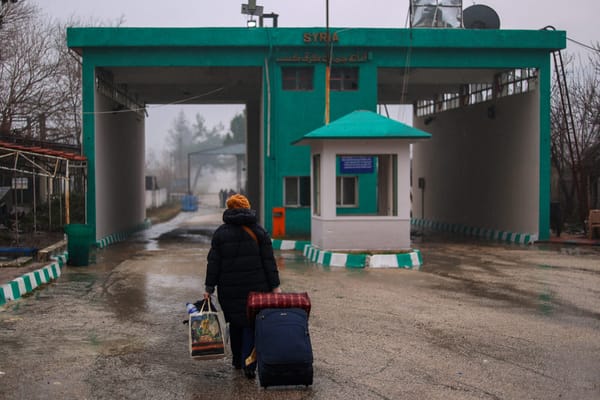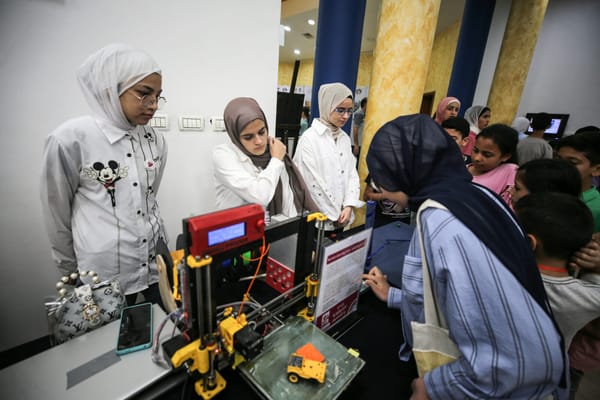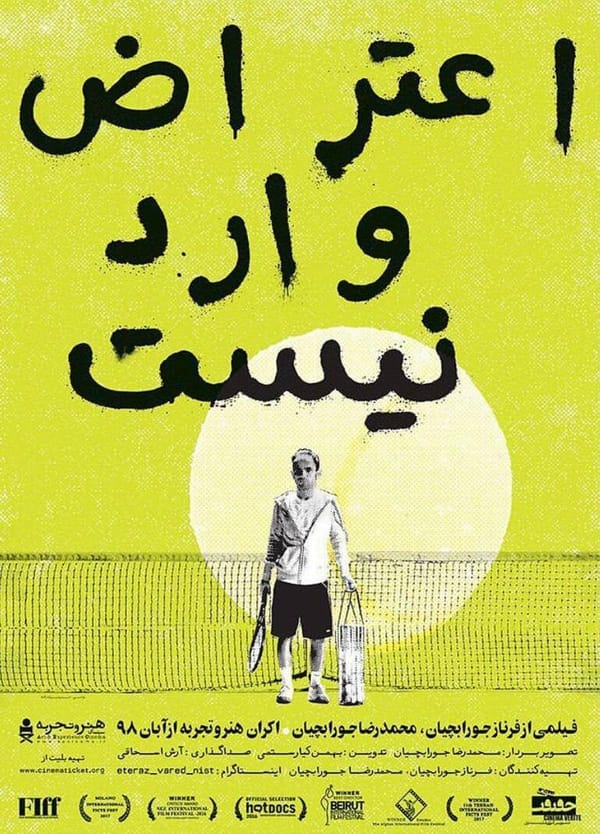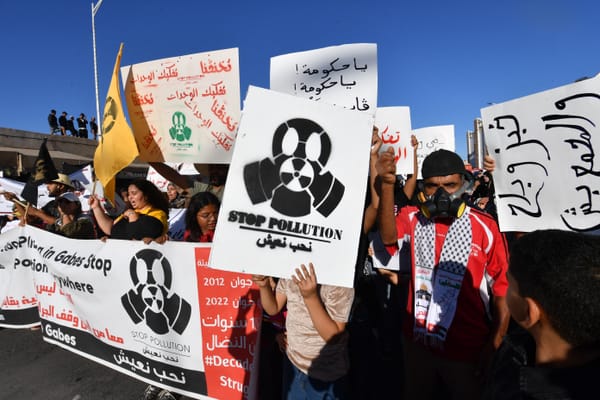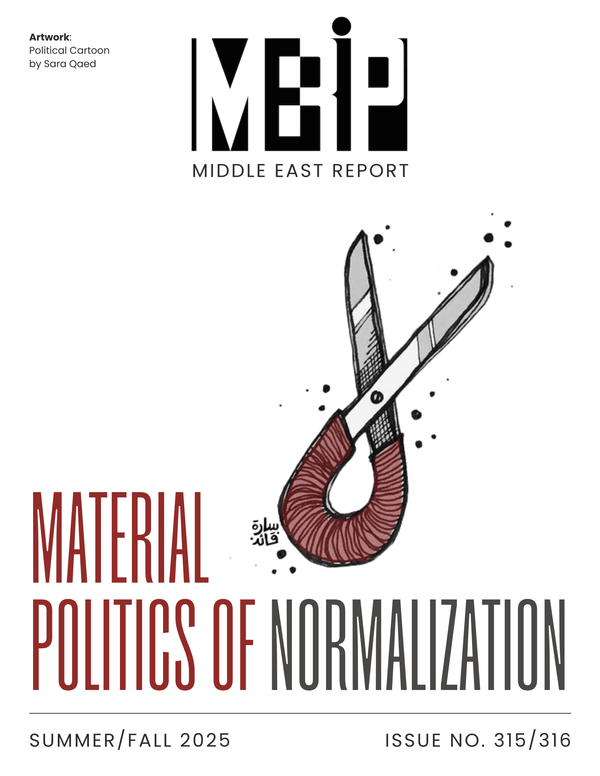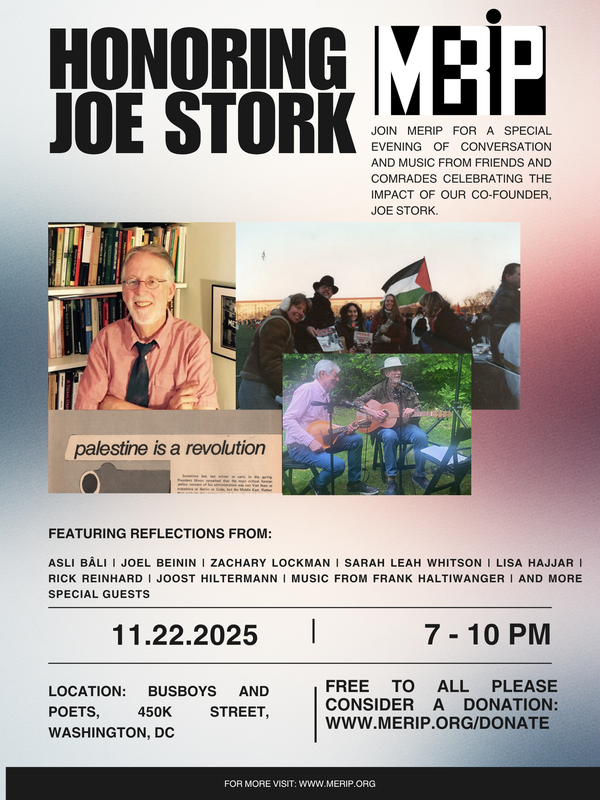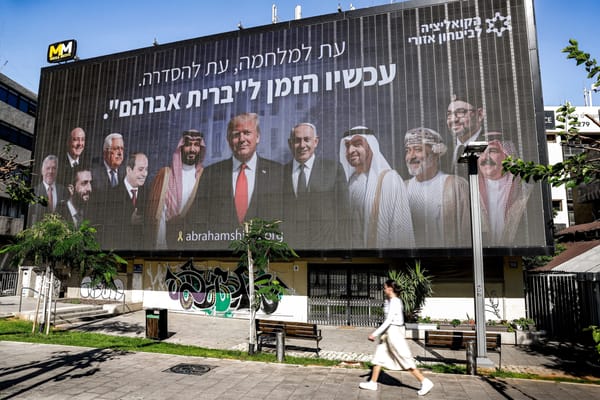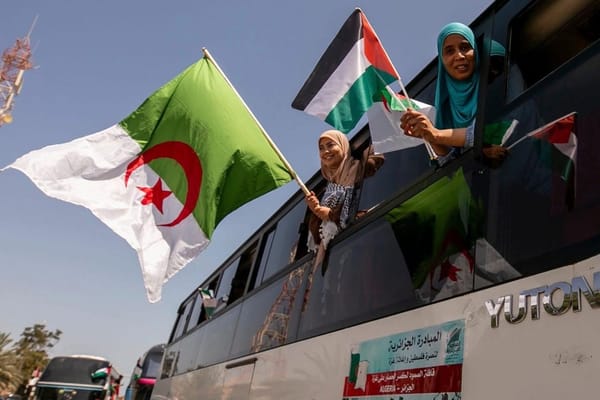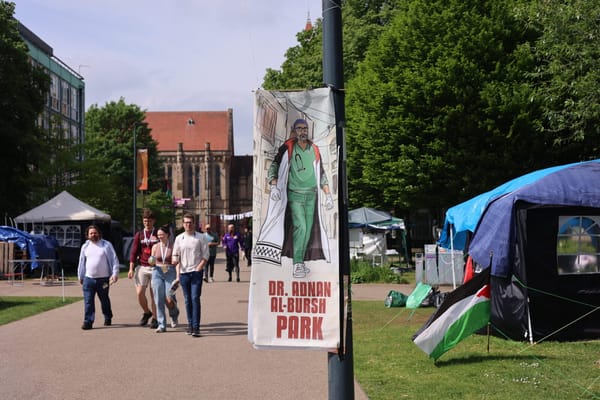The articles in this issue of Middle East Report illuminate some of the sources of displacement, dispossession and loss found throughout urban areas in the contemporary Middle East, which often produce the very population outflows that militarized border zones seek to contain.
The merciless killing by Israeli snipers of over 100 mostly unarmed Palestinians approaching the militarized fence around the Gaza Strip in May of 2018 was significant not simply for what it says about Israel’s callous disregard for Palestinian human rights. Israel’s misleading attempt to legitimate its shoot-to-kill policy in terms of a right to defend its sovereign borders belies the fact that its self-proclaimed “border” around Gaza is simply the outer boundary of an open-air prison of barbed wire fences, fortified gates and no-go zones over which Israel retains full control as an occupying power. The Palestinians being killed at the fence area are not hostile invaders but rather displaced and stateless peoples protesting against the cage Israel has built to keep them both boxed in and out.
Israel’s violence against displaced and stateless Palestinians in Gaza is significant more broadly as a dark exemplar of an unfolding global future: the proliferation of militarized walls, fences, no-go areas and increasingly lethal actions that police the space between the “green zones” of wealth and privilege and the “red zones” of the poor, excluded and stateless around the world. Israel’s militarized population management systems, border security technologies and anti-civilian weapons that are “battle tested” against Palestinians and then sold on the global market have found willing buyers and emulators among those seeking to contain, deter or eliminate unwanted populations. Increasingly militarized systems whether “made in Israel” or not, can be found along the US-Mexico border, Europe’s southern facing border zones, India’s border zone around Bangladesh, as well as the zones outside of gated communities in various global locations.
The articles in this issue of Middle East Report take us beyond these fortified walls and zones to illuminate some of the sources of displacement, dispossession and loss found throughout urban areas in the contemporary Middle East, which often produce the very population outflows that militarized border zones seek to contain. In our age of “planetary urbanization” many cities have become battlegrounds where insurgents seek asymmetrical advantage against opponents who increasingly target cities as if civilians no longer exist—the way Israel labels the entire urban fabric of Gazan society a “terrorist infrastructure” or the urban destruction campaigns undertaken by Syria, Turkey, Saudi Arabia and the US against ISIS. At the same time, global capitalist deregulation and privatization has given rise to what global sociologist Saskia Sassen terms “predatory formations” of investors, states and economic elites that target cities for speculative profit and nepotistic rewards, emptying them of their poor or rebellious inhabitants, whether in Amman, Istanbul or Morocco. Some urban inhabitants are forced to flee while others resist, remain and keep alive more just visions of their collective urban past and future whether in Gezi Park, Mosul or elsewhere.
It is with this issue that I am honored to take over the responsibilities as editor of Middle East Report, in addition to those as MERIP’s executive director, and to expand upon its nearly 50-year history of providing critical analyses and alternative perspectives about the Middle East and the forces within and outside of the region who seek to determine its future. I am particularly interested in ensuring that Middle East Report maintains its historic role as a platform where scholars, journalists, writers and activists converge to produce critical interventions into contemporary debates about the region without sacrificing our commitment to careful independent inquiry that has always been a hallmark of this publication.
Written by
This article was published in Issue 287.
